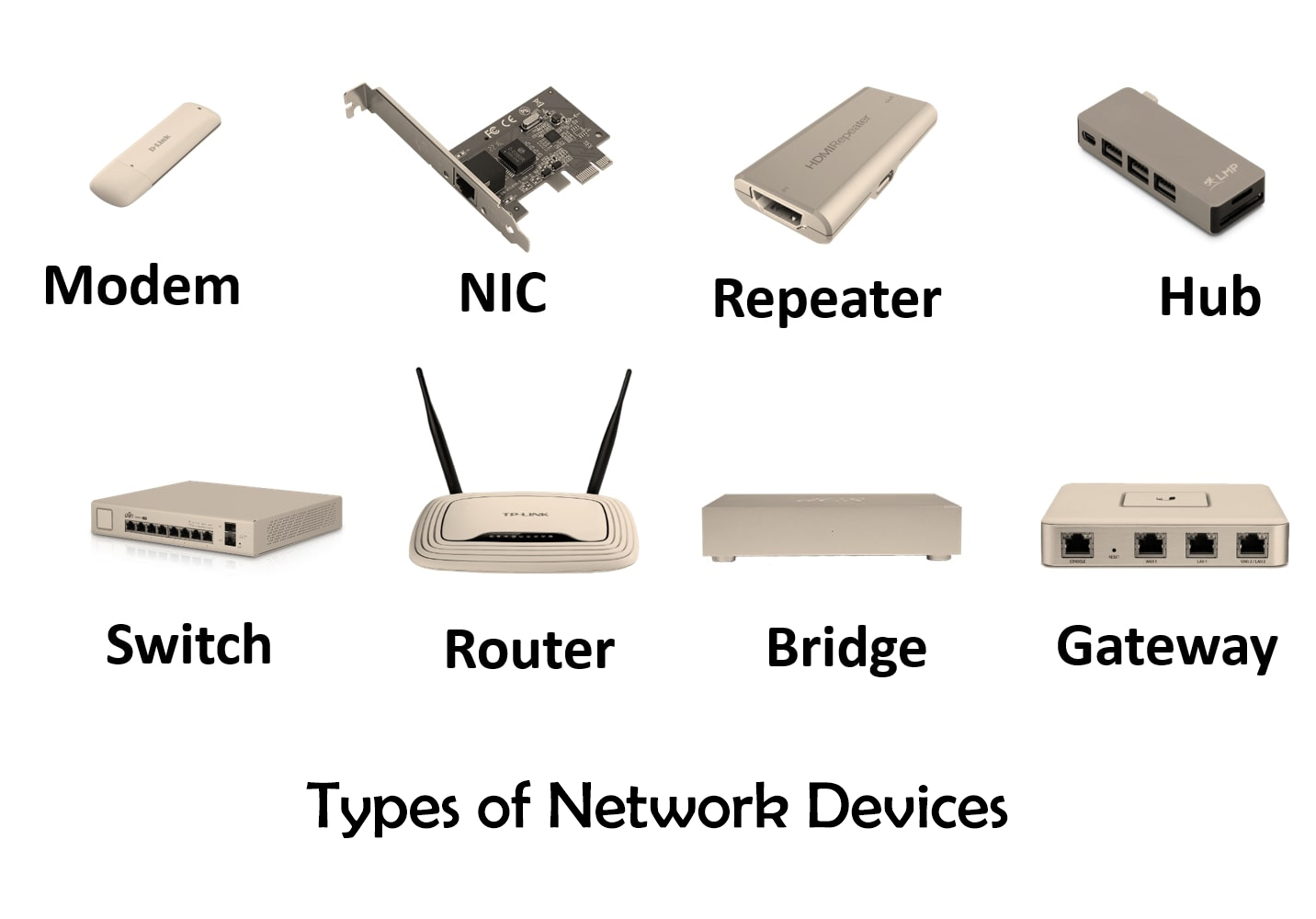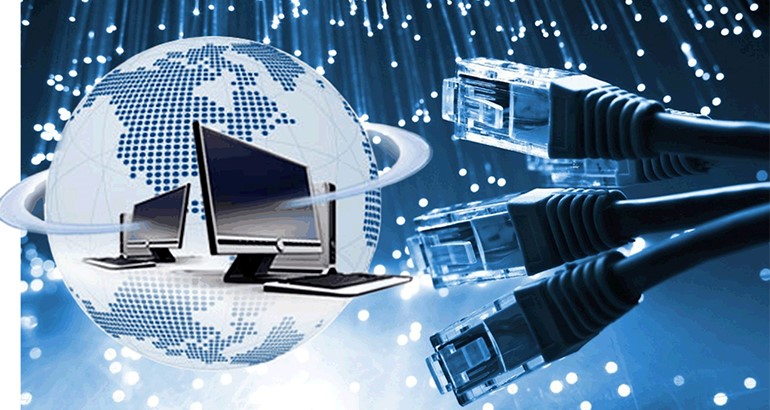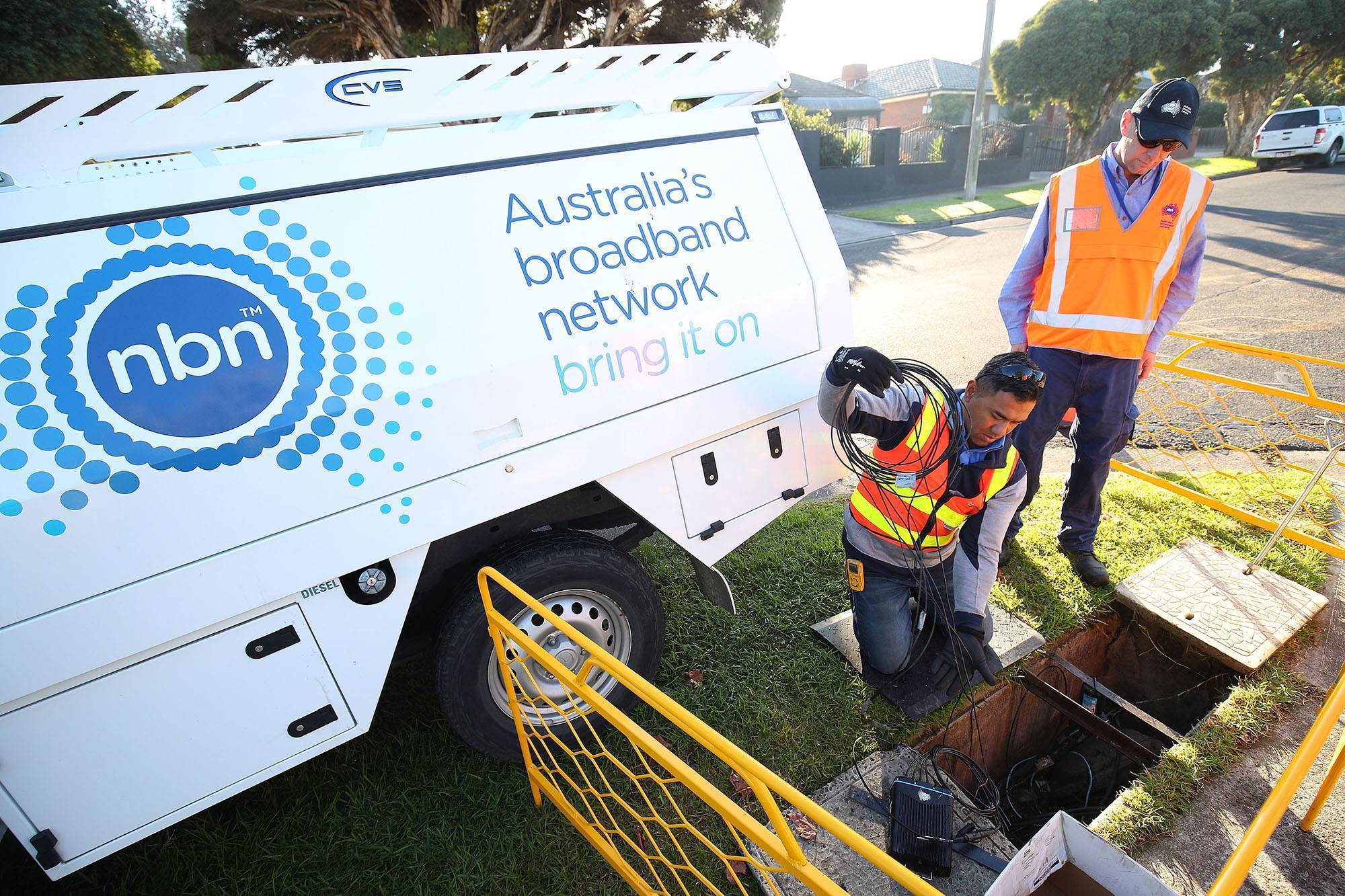Imagine a group of computers talking to each other and sharing information. That's essentially what computer networking is! It's the connection of multiple devices like computers, smartphones, and servers, allowing them to communicate and share resources.
Why is Computer Networking Important?
Computer networking is the backbone of the internet and modern communication. Here's why it's so important:
- Communication: Email, instant messaging, video calls – all rely on networking.
- Resource Sharing: Printers, files, and internet access can be shared across a network.
- Access to Information: The internet, with its vast amount of information, is accessible thanks to networking.
- Entertainment: Streaming movies, online gaming, and social media are all powered by networks.
Basic Concepts
Network Devices
These are the hardware components that make up a network. Some key devices include:- Routers: Direct traffic between networks. Think of it like a traffic controller.
- Switches: Connect devices within a network.
- Hubs: A simpler version of a switch.
- Network Interface Cards (NICs): Allow devices to connect to a network.
- Repeater: Node which amplifies incoming signals and rebroadcasts them over a wider area or higher network layer than the original signal
- Bridge: Connects and filters traffic between two or more network segments
- Gateway: Connects two networks with different transmission protocols together
- Modem: Sends information between the outside world or Wide Area Network (WAN)

Network Topologies
This refers to how the devices are arranged in a network. Common topologies include:- Star: All devices connect to a central hub or switch.
- Bus: All devices connect to a single cable.
- Ring: Devices are connected in a circular chain.
- Mesh: Devices are interconnected, providing multiple paths for data.
Network Protocols
These are the rules that govern how data is transmitted over a network. Think of them as the language that computers use to talk to each other. Examples include:- TCP/IP: The foundation of the internet.
- HTTP: Used for web browsing.
- FTP: Used for file transfer.
Types of Computer Networks
- LAN (Local Area Network): Covers a small area, like a home or office.
- WAN (Wide Area Network): Covers a large geographical area, like the internet.
- VPN (Virtual Private Network): Creates a secure connection over a public network.
Learn more
This is just a basic overview of computer networking. If you're keen to learn more, here are some
resources:
- Online Courses: Platforms like Coursera, edX, and Udemy offer networking courses.
- Books: Search for "computer networking for beginners" on Amazon or at your local library.
- Websites: Websites like GeeksforGeeks and tutorialspoint have helpful resources



